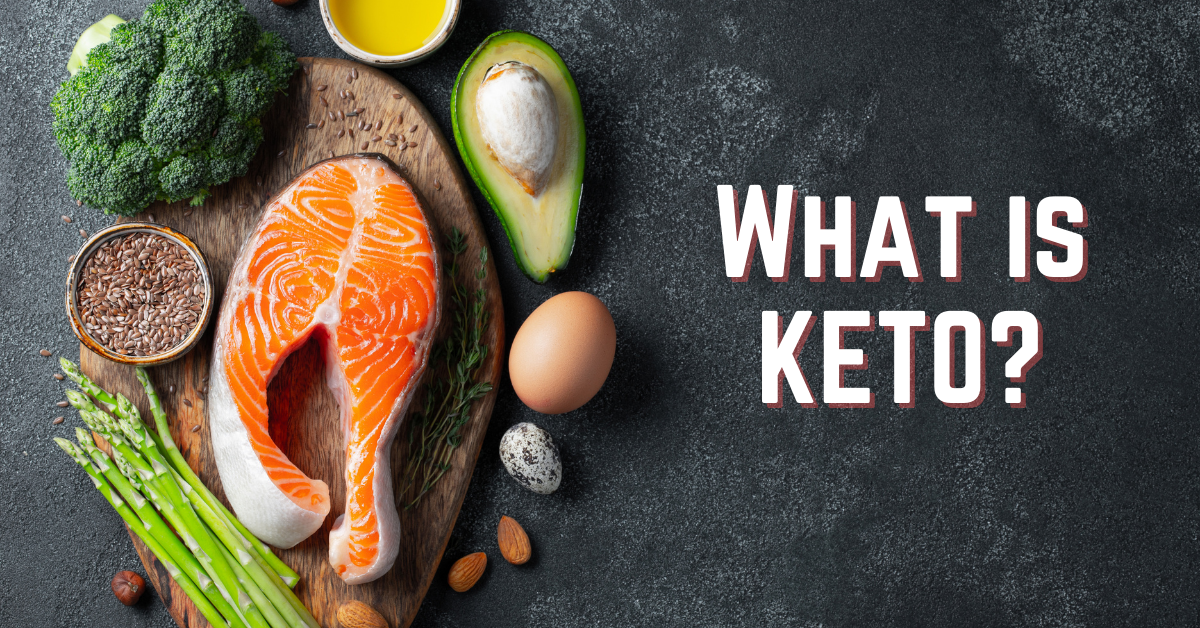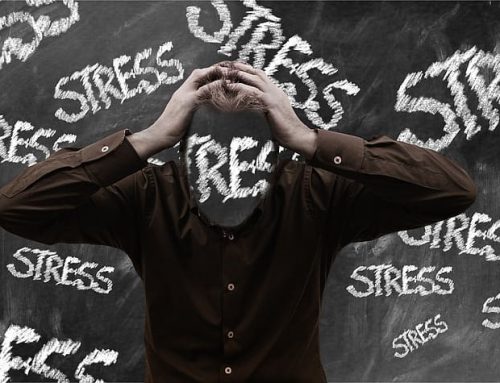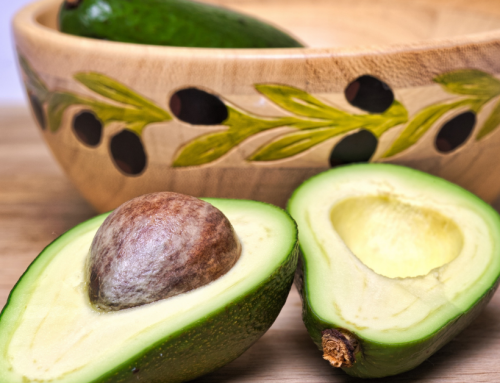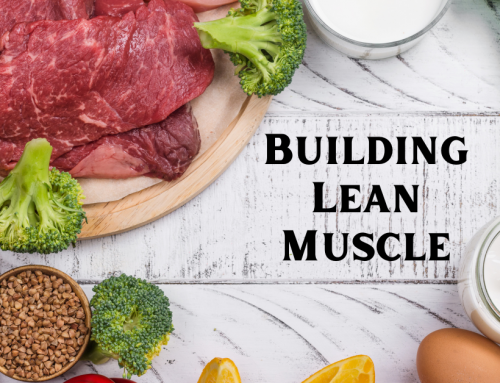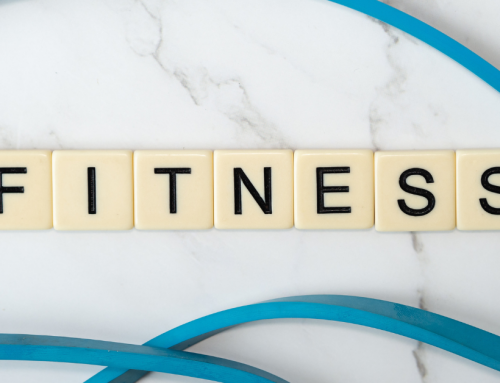Starting from the beginning: What is a ketogenic state?
Whether it’s the beginning or you are just getting back into the swing of the keto diet, it is essential to know about ketosis. Understanding what changes your body is about to embark on will motivate you to keep going. I will provide a scientific explanation of what it means to be in ketosis and what it may feel like for you.
The ketogenic diet is a high-fat, low-carb diet, sharing many similarities to the Atkins diet and other low-carb diets. It involves drastically reducing your daily intake of carbohydrates and replacing those with fats. This reduction of carbs puts your body into a metabolic state called ketosis.
Once this happens, your body becomes incredibly efficient at burning fat instead of carbs as its primary energy source. This type of food consumption has many reporting more mental clarity within ten days. This mental clarity may be attributed to the influx of omega and healthy fats that fuel the brain. Sounds pretty good! The carbohydrate fog and constant crash of your blood sugar levels spiking and dropping will no longer be a problem for you. You are essentially shifting your metabolism away from carbs to depend on fat and ketones.
Achieving ketosis takes some time once you first get started. On average, it can take 2-4 days and sometimes an entire ten-day period to get there. Be patient with yourself when you first begin keto; your body will need to make some severe adjustments. Carbohydrates intake will come down to about 20-30 grams of carbs per day, and instead, you will fill up on fats such as meats, fish, eggs, nuts, and healthy plant-based oils. Your plate may look like this:
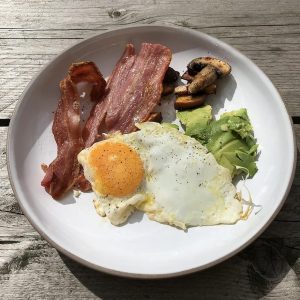
How do I know I am in ketosis?
When starting a diet plan, it is not typical to think of fat as a critical, nutrient-rich way of changing your metabolism. Traditionally our culture has steered us in the direction of reduced fat, low-fat way of eating. The keto diet will be a drastic change for you and your relationship with food. If this is a way of eating that overwhelms you or scares you at first, that’s okay! You are not alone in this journey.
Your body is switching from glucose to ketones as its primary energy source. During your first week, you will experience a significant shift in the way you feel overall. Keep in mind some will reach ketosis quicker than others.
Tip From a Pro:
Start the keto diet on a Thursday. Typically the third and fourth days are more demanding on the brain and body. If you encounter these more difficult days on a Saturday and Sunday, you are more likely to overcome the challenges and continue into Monday.
On your first day of Keto, you will start to figure out your macros. The significant increase to 75% fat in your daily food consumption is challenging for people. Finding the sweet spot for what precisely 15% protein intake looks like will also be tricky at first, primarily if you are used to eating a lot of lean meats. The options you are left with are 1. To eat a limited amount of animal protein or 2. Choose fattier cuts.
By day two, you have a better grasp of what your daily consumption will look like on your plate. The “keto flu” may start to settle in; this is your body’s way of flushing out the carbohydrates that it so eagerly used to depend on. Your body is hard at work trying to figure out how to keep going without glycogen or glucose. During a keto flu, you may experience headaches, fatigue, muscle aches, or irritability. This will be temporary, and it will also be a sure sign that your new keto lifestyle and dietary changes are happening.
By your third day, you will probably want to brace yourself for the biggest and boldest feelings of the carb detox and shift that is changing your body and mind. Your body realizes it is not getting carbs anymore, and it is transitioning into breaking down fats for fuel. Be gentle with yourself these days; there is no need to exercise if you feel lethargic or nauseous. Here is the best part about these worse days: it will get easier!
People get to ketosis at different stages, be patient with yourself; you should start to feel your energy levels pick up in the next three days. Your body has adjusted to burning fats for fuel.
That first week is the most difficult. Make sure you have ample support around you to be understanding of your possible mood swings and people to help encourage you to keep going.
My advice to you is: stay away from the scale for a while. Stepping on the scale daily may discourage you, or it may set the tone for your day. If it is not exactly what you had in mind, you should not be discouraged. This is not a numbers game; this is a health game.
Every day and every meal, you are choosing to make better, more nutritionally sound, and healthier decisions for your body, mind, and ultimately for your soul. It is a significant change for most people. Keeping your protein around 15% of your daily intake may be a significant change for you. Once you find this delicate balance, it will be easier to make meals.
The Plan After That Initial Five Days Learning Curve
Once you have discovered and settled into what it exactly looks like to consume 75% fats daily and 10 % or fewer carbs, you feel less intimidated about figuring out what to eat. You can use great food-tracking tools like My Fitness Pal so that you can stay on track and still go out for dinners or lunch in your daily and social life. After those first ten days, you may not have hit the “ketosis mark” yet. Use urine testing strips to check on yourself. You will get there! Stick to it!
Days eight to ten may be the best yet because you will start to see the physical changes in your body. Besides what you see, you will be impressed by the way you feel.
This feeling doesn’t include any of the keto flu. By day ten, you have completely and successfully flushed your body of carbs. During your workday, you will notice that the 2 PM crash no longer exists. Your mind may be sharper, and your thoughts and conversations will be clear. The brain fog has officially cleared by this time. Always be sure to take in a lot of water to help keep your body and digestive tract moving. Also, the word “hangry” has probably completely dissipated from your vocabulary. You have weened off your carb addiction and made it to the other side.
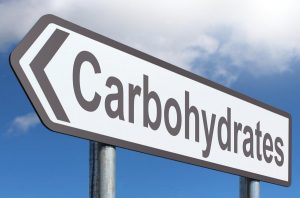
What is happening inside my body?
Your body is now processing fat instead of carbohydrates for energy; this produces a chemical reaction in your liver that releases ketones into your blood.
According to medical news today, “According to one 2018 study Trusted Source, people following a “well-formulated” ketogenic diet typically eat less than 50 grams (g) of carbohydrates per day and around 1.5 g of protein per kilogram of body weight.” This mathematical equation does not have to be the rule every time you make yourself a plate of food. But, it is a general guideline to follow once you have figured out your portion sizes. Once you are in ketosis, many changes are happening internally to help you achieve your goal.
Here are some physical signs that signify ketosis:
- Increased ketones (measured through blood or urine test strips)
- Weight loss
- Fatigue
- Muscle cramps
- Increased thirst
- Headaches
- Stomach complaints
- Sleep changes
These are some physical signs that you have successfully transitioned to ketosis; you may not feel them all at once, but different symptoms may show up as the days pass. As you burn more fat levels of insulin, the fat-storing hormone will drop significantly. Which then triggers the kidneys to release large amounts of sodium into the blood. This sodium can be measured through simple urine test strips or a blood test.
If you have diabetes, this process will significantly reduce your insulin and blood sugar levels. People with diabetes can dramatically benefit from this lifestyle change.
Remember that 2 PM crash I mentioned earlier? Once you have made it to the other side and successfully transitioned into the ketogenic diet, that 2 PM crash goes away. Carbs cause your blood sugar levels to spike and then drop throughout the day; now that you limit your carbs, you should not feel that anymore. Most people report feeling a steady amount of energy throughout the day once they are in ketosis.
Another sure sign you are in ketosis will be your increased urge to urinate and your increased thirst. The ketones circulating through your blood need water to pass through your system. Drink a lot of water, more than usual; if you are physically active, you will want to make sure to increase your daily water intake to accommodate for the loss of hydration during a sweat session.
Something Significant is Changing
The keto diet is known for making you feel less hungry. You may not feel it at first, but I promise you will. You become a very efficient fat-burning machine since you give your body ample fats and proteins and cut down carbs.
On your previous diet, you may have noticed that you had no problems going. On keto, you may experience issues with regularity; it is essential to take in enough fiber to help your body get rid of your waste. There are many keto-friendly powders, supplements, and replacements, something extraordinary that I use is Perfect Keto MCT powder.
Remember that feeling of being bloated? That bloated feeling will go away on the keto diet within the first month. Since you are getting rid of many or most foods that make you feel bloated or give you extra gas (like beans), you will say bye-bye to bloat.
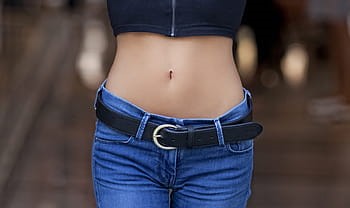
Your shrinking gut will be a pleasurable side effect of keto. Switching your body’s metabolic energy source to fat consumption will shrink your main storage area for fat, your gut. No complaints!
You will have more energy, but that takes time. While first starting the keto diet, the sluggish, low-energy feeling may drag you down. Don’t let it discourage you; there is a light at the end of that tunnel. Once you have fully adjusted, you will notice your energy levels begin to rise.
Ketosis is not just a physical feeling; it is an overall chemical and scientific change internally.
Getting in tune with your body and mind, cheering you on from the sidelines, is your old self. Leave that person behind and accept this change for the better. Don’t give up on yourself!
“Change happens when the pain of staying the same is great than the pain of change.” – Tony Robbins

